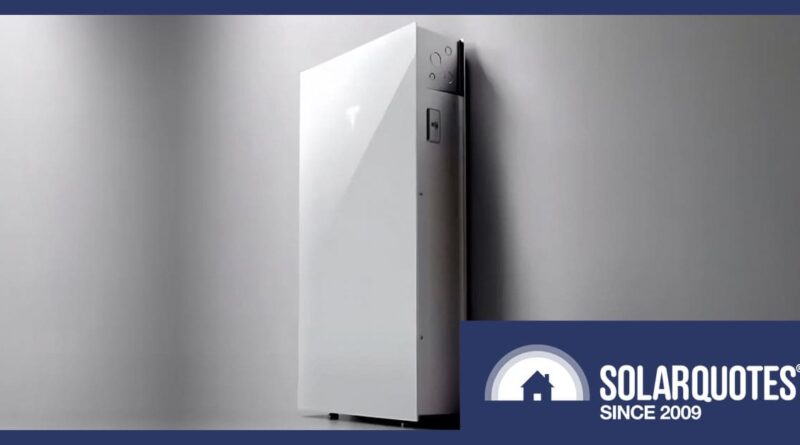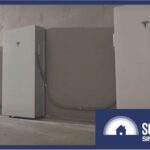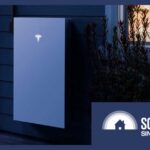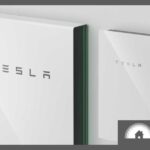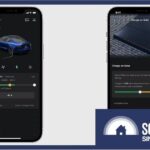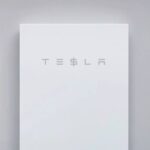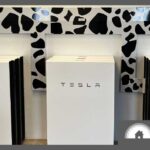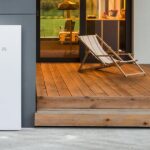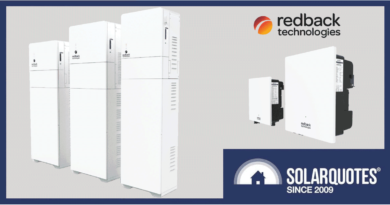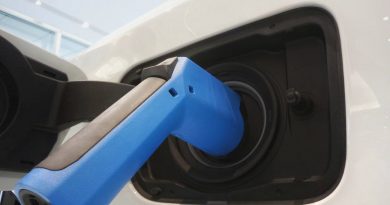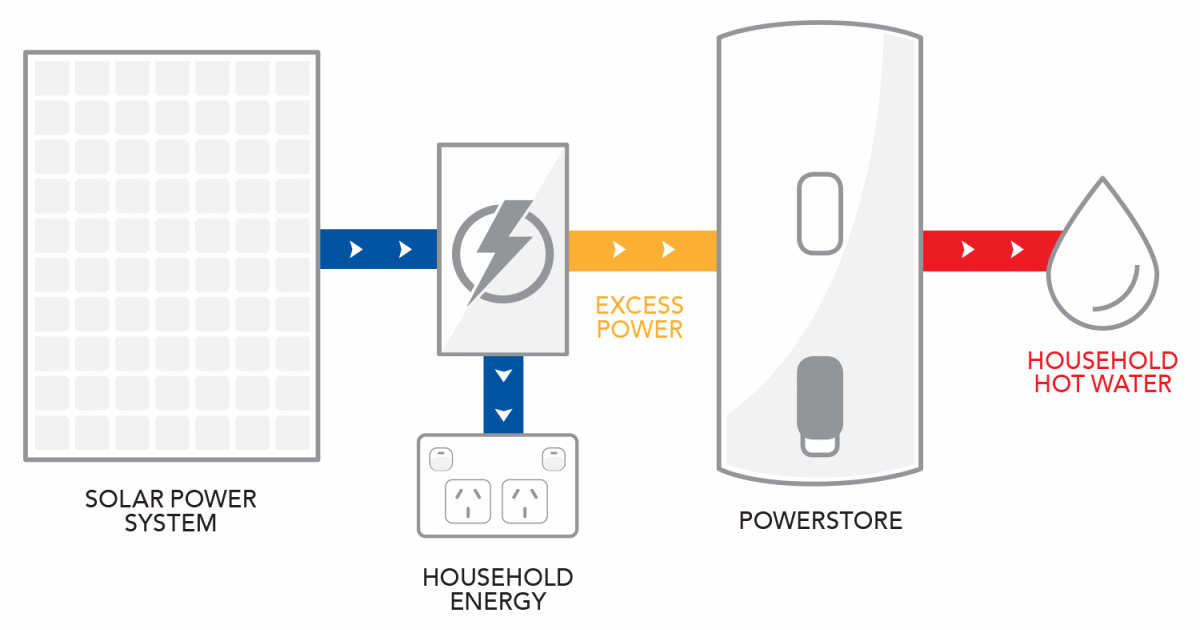Tesla Confirms Key Powerwall 3 Specs
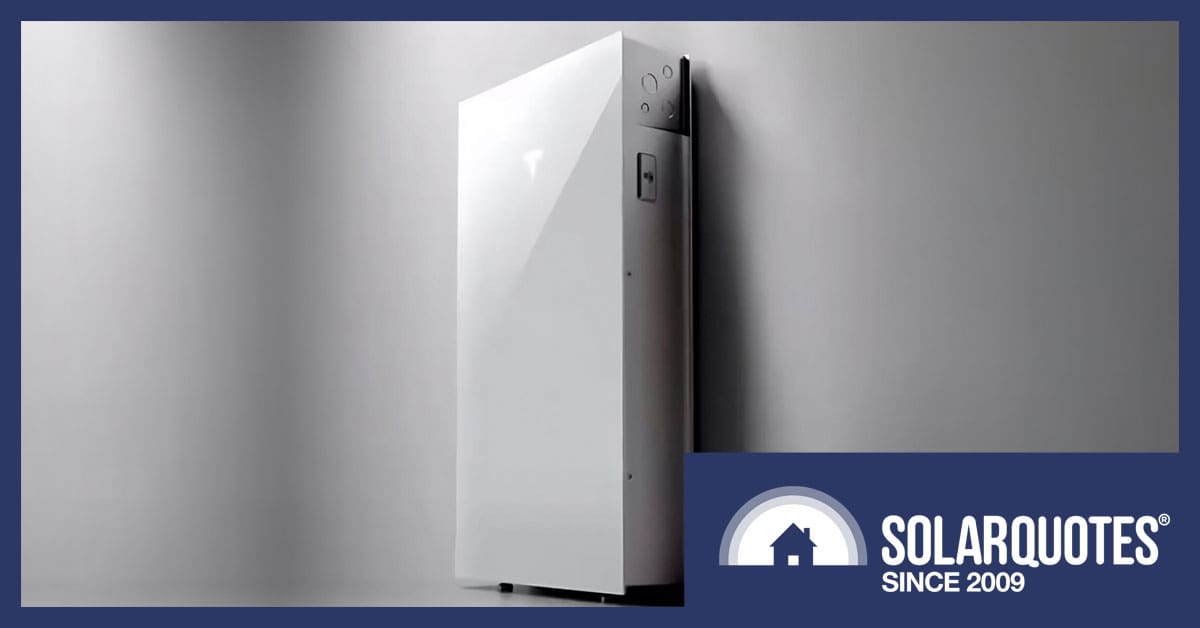
A presentation by a Tesla USA employee, now circulating on YouTube, has provided substantial new information on the Powerwall 3’s confirmed specs.
My February summary of the Powerwall 3’s expected specs contained several ‘to be confirmed’ speculations.
This blog post confirms that every speculation, besides the cell chemistry, was correct. So let’s start there:
Confirmed: Lithium Iron Phosphate Cells
Lithium Iron Phosphate (LFP) cells in the Powerwall 3 have finally been confirmed after much speculation.
The new cells are warranted for a capacity retention of 70% at 10-years, but the Tesla presenter said they anticipate real-world performance to be 80-90% after those 10 years.
He also said Tesla has observed:
“battery degradation is more a function of time than use”
If accurate, that’s a great argument for cycling your battery as hard as possible to get the maximum ROI instead of carefully limiting the cycles to reduce wear and tear.
Confirmed: A software update will allow AC coupling
A software update scheduled for April 2024 will introduce AC coupling capabilities to the Powerwall 3, allowing integration with existing solar installations. Without this update, the Powerwall 3 would only be suitable for installation at the same time as a new solar array, DC coupled to the PW3’s integrated solar inverter.
Confirmed: Cheaper DC Expansion Packs
Tesla will be releasing 13.5kWh DC Expansion (DC-X) units, which are expected to be priced around US$1,000 less due to the omission of the solar inverter and site controller electronics. This potentially prices a DC-X at under $9,000 Australian dollarydoos. That’s a beastly $666 per kWh.
The DC-X form factor will be the same as a PW3, with the potential for up to four PW3s and twelve DC-Xs per Gateway. That’s a maximum of 46kW AC and 216 kWh capacity with 16 units on a single gateway. Impressive.
Confirmed: 11.5kW solar inverter output plus 5kW battery charging
The Powerwall 3 can send 11.5 kW of solar to your home and charge the battery at 5kW simultaneously. Great for slurping up 16.5 kW of solar power from big arrays, reducing curtailment.
Powershare: Vehicle-to-Home Integration
Tesla’s Powershare V2H feature currently requires:
- a Cybertruck,
- a special ‘Universal’ Tesla Wall Connector,
- and a special Gateway 3V (V stands for Vehicle).
Tesla said in June, Powershare will be possible with:
“a regular (V3) Tesla Wall Connector, a Gateway 2, and a Powerwall 2”
If that’s accurate, it implies that with a compatible car, existing Powerwall 2 installations in Australia can have V2H with a Tesla Wall Connector (and permission from your local DNSP).
Anticipated Timelines and Developments
Tesla confirmed this timeline:
- April 2024: Enabling of AC coupling.
- August 2024: Release of DC Expansion units in the US.
- 2025: Enable integration with Powerwall 2 systems.
- 2025: Addition of 3-phase and off-grid capabilities
Conclusion
The Powerwall 3 is a seriously impressive solar battery with:
- 11.5kW of power per PW3
- cheaper 13.5 kWh expansion modules
- an option to AC couple or integrate with Powerwall 2
- native V2H with Tesla EV Chargers
- up to 46 kW of power and 216 kWh of energy storage per Gateway.
Powerwall 3s are expected in Australia in late 2024. Just beware that these are US specifications, and there will be some changes for the Australian market, the most likely being a reduced max power of 10kW to fit with electricity network rules on maximum inverter size.
To get a full overview of what to expect, read my original Powerwall 3 post, which contains all the other Powerwall 3 features we know of and which I’ve updated with this new information.
You can watch the Tesla presentation here. It’s worth it just to hear the shade thrown at both Enphase and Tesla’s USA’s direct sales model…
Original Source: https://www.solarquotes.com.au/blog/tesla-confirms-key-powerwall-3-specs/

